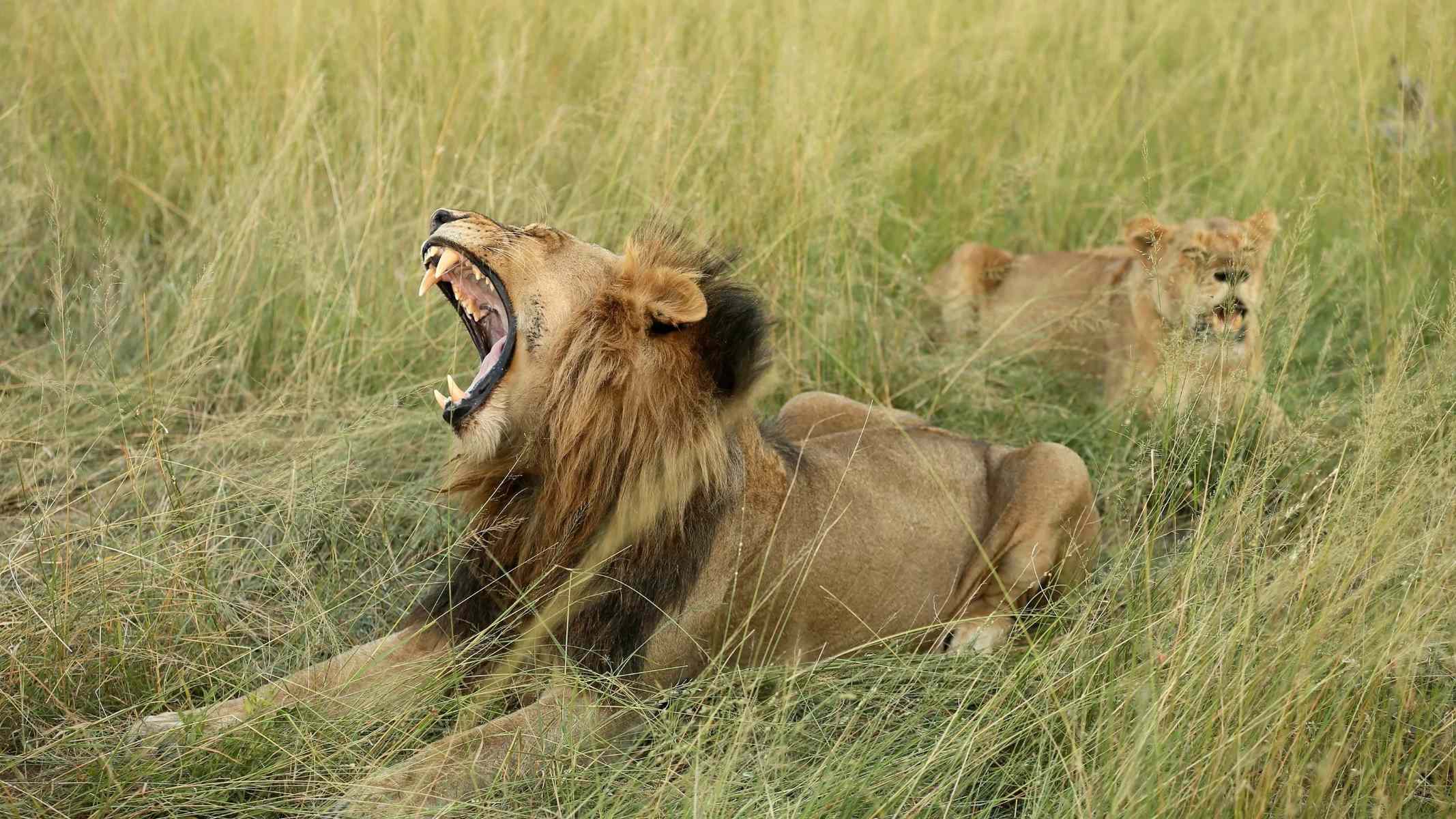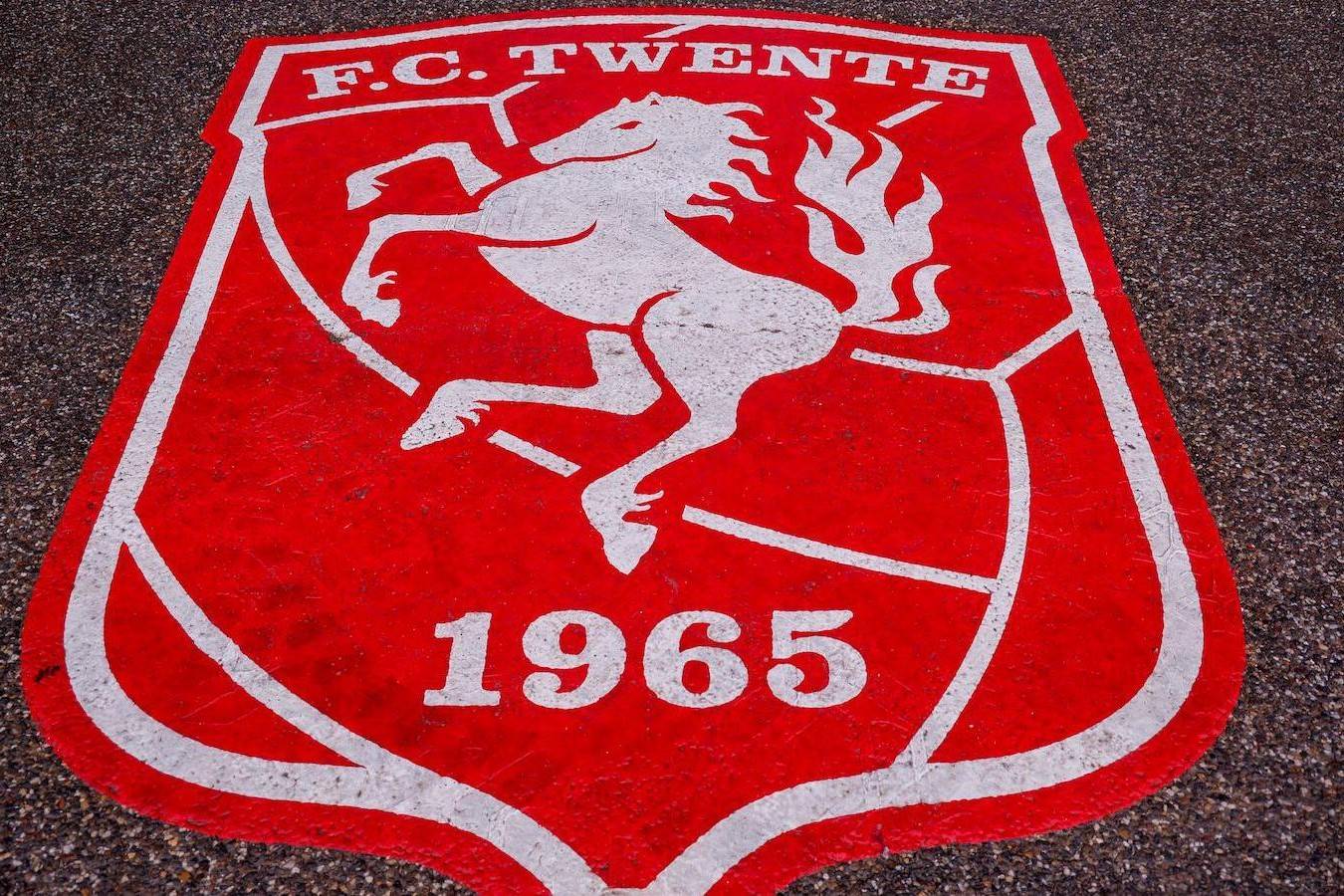
Did you know that poaching is a dangerous game, not just for the animals but also for the poachers themselves? In a twist of fate, a poacher in South Africa met his end in a rather unexpected way—he was killed by lions. This incident highlights the risks involved in illegal hunting and the unpredictable nature of wildlife. Poaching remains a significant issue, threatening endangered species and disrupting ecosystems. Yet, this story serves as a stark reminder that nature has its own way of balancing the scales. Curious about the details? Here are 35 compelling facts about the poacher who became prey.
Key Takeaways:
- Poaching has serious consequences, as seen when a poacher was killed by lions in South Africa. This event raised awareness about the dangers of illegal hunting and the importance of protecting wildlife.
- The incident highlighted the need for increased patrols, public awareness, and community involvement to combat poaching. It also emphasized the crucial role of lions in maintaining ecosystem balance and the broader implications of poaching on biodiversity and local economies.
Poaching and Its Consequences
Poaching remains a significant issue worldwide, affecting wildlife populations and ecosystems. Sometimes, poachers face unexpected consequences. Here are some intriguing facts about a poacher killed by lions.
-
Incident Location: The incident occurred in Kruger National Park, South Africa, one of the largest game reserves in Africa.
-
Date of Incident: The poacher was killed by lions in early 2018, highlighting the ongoing dangers of illegal hunting.
-
Poacher's Target: The poacher was reportedly hunting rhinoceros, a species critically endangered due to poaching for their horns.
-
Lion Attack: The poacher was attacked and killed by a pride of lions, which are natural predators in the park.
-
Discovery: Park rangers discovered the remains of the poacher, which were scattered over a wide area.
-
Identification: Only a few body parts were found, making identification challenging. Authorities used clothing and equipment to identify the individual.
-
Equipment Found: The poacher's rifle and ammunition were found near the scene, confirming his illegal activities.
-
Lions' Behavior: The lions did not consume all the remains, suggesting they were defending their territory rather than hunting for food.
-
Poaching Group: The poacher was part of a larger group, but the others managed to escape the lions.
-
Arrests Made: Authorities later arrested the other members of the poaching group, who were hiding nearby.
Impact on Wildlife Conservation
This incident had a significant impact on wildlife conservation efforts, drawing attention to the dangers of poaching.
-
Increased Patrols: Following the incident, Kruger National Park increased patrols to deter poachers and protect wildlife.
-
Public Awareness: The story gained international attention, raising awareness about the risks and consequences of poaching.
-
Support for Rangers: The incident highlighted the importance of supporting park rangers in their efforts to combat poaching.
-
Technology Use: Authorities began using more advanced technology, such as drones and surveillance cameras, to monitor poaching activities.
-
Community Involvement: Local communities were encouraged to participate in conservation efforts, providing alternative livelihoods to reduce reliance on poaching.
-
Legal Actions: Stricter laws and harsher penalties were implemented to deter poachers and protect endangered species.
The Role of Lions in Ecosystems
Lions play a crucial role in maintaining the balance of ecosystems. This incident underscores their importance.
-
Apex Predators: Lions are apex predators, meaning they have no natural enemies and help control the populations of other species.
-
Territorial Behavior: Lions are highly territorial and will defend their territory from intruders, including humans.
-
Social Structure: Lions live in prides, which are social groups that work together to hunt and protect their territory.
-
Hunting Skills: Lions are skilled hunters, capable of taking down large prey such as buffalo and giraffes.
-
Ecosystem Balance: By controlling herbivore populations, lions help maintain the balance of ecosystems, preventing overgrazing and promoting biodiversity.
-
Tourism Attraction: Lions are a major attraction for wildlife tourism, which supports conservation efforts and local economies.
Poaching's Broader Implications
Poaching has far-reaching implications beyond the immediate loss of wildlife.
-
Biodiversity Loss: Poaching contributes to the decline of species, reducing biodiversity and weakening ecosystems.
-
Economic Impact: Wildlife tourism generates significant revenue for many countries. Poaching threatens this income source.
-
Illegal Trade: Poaching fuels the illegal wildlife trade, which is linked to other criminal activities such as drug trafficking and terrorism.
-
Cultural Significance: Many animals targeted by poachers hold cultural significance for local communities, and their loss can impact cultural heritage.
-
Human-Wildlife Conflict: Poaching can increase human-wildlife conflict, as animals may become more aggressive or encroach on human settlements.
-
Conservation Funding: Incidents like this can lead to increased funding for conservation efforts, as they highlight the urgent need to protect wildlife.
Lessons Learned
The death of a poacher by lions offers several lessons for conservation and anti-poaching efforts.
-
Risk Awareness: Poachers face significant risks, not only from law enforcement but also from wildlife.
-
Conservation Importance: Protecting wildlife is crucial for maintaining healthy ecosystems and supporting local economies.
-
Community Role: Engaging local communities in conservation efforts can provide alternative livelihoods and reduce poaching.
-
Technological Advancements: Using technology can enhance anti-poaching efforts and improve the protection of endangered species.
-
Global Cooperation: International cooperation is essential to combat poaching and the illegal wildlife trade effectively.
-
Education and Awareness: Educating the public about the consequences of poaching can help reduce demand for illegal wildlife products.
-
Sustainable Practices: Promoting sustainable practices and responsible tourism can support conservation efforts and protect wildlife for future generations.
Final Thoughts on Poacher Killed By Lions
The story of the poacher killed by lions serves as a stark reminder of the dangers and consequences of illegal hunting. Poaching not only threatens wildlife populations but also puts the poachers themselves at significant risk. This incident highlights the importance of conservation efforts and the need to protect endangered species from such threats.
Wildlife conservationists work tirelessly to safeguard these animals, and incidents like this underscore the urgency of their mission. By supporting conservation initiatives and raising awareness about the impacts of poaching, we can contribute to preserving our planet's biodiversity.
Remember, every action counts. Whether it's spreading awareness, donating to conservation organizations, or advocating for stricter anti-poaching laws, we all have a role to play in protecting wildlife. Let's honor the lives lost, both human and animal, by committing to a future where poaching is a thing of the past.
Frequently Asked Questions
Was this page helpful?
Our commitment to delivering trustworthy and engaging content is at the heart of what we do. Each fact on our site is contributed by real users like you, bringing a wealth of diverse insights and information. To ensure the highest standards of accuracy and reliability, our dedicated editors meticulously review each submission. This process guarantees that the facts we share are not only fascinating but also credible. Trust in our commitment to quality and authenticity as you explore and learn with us.


